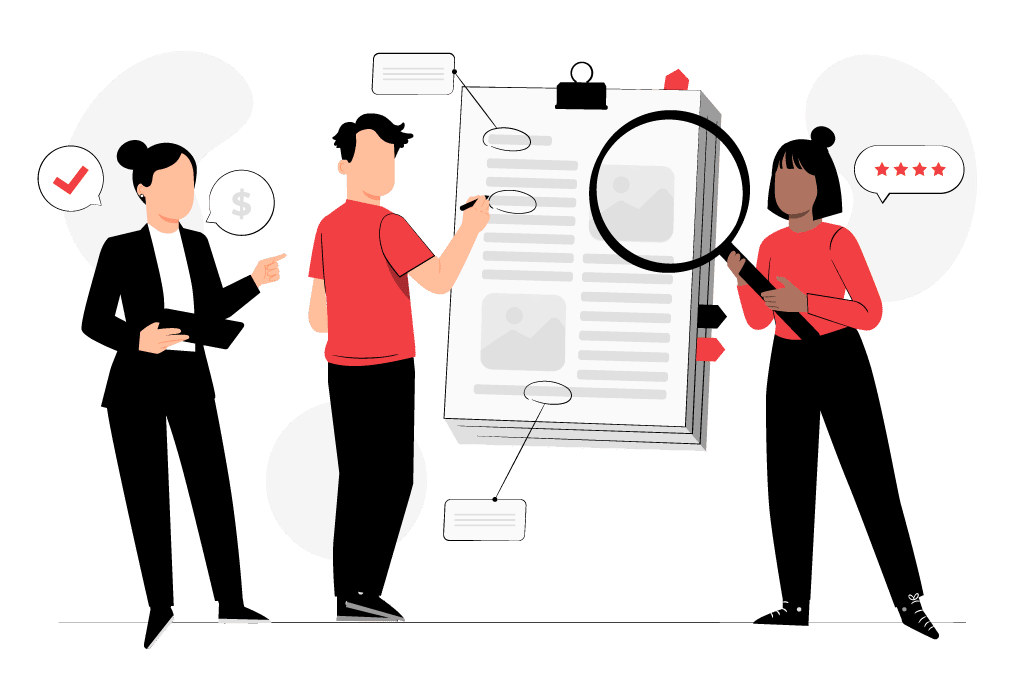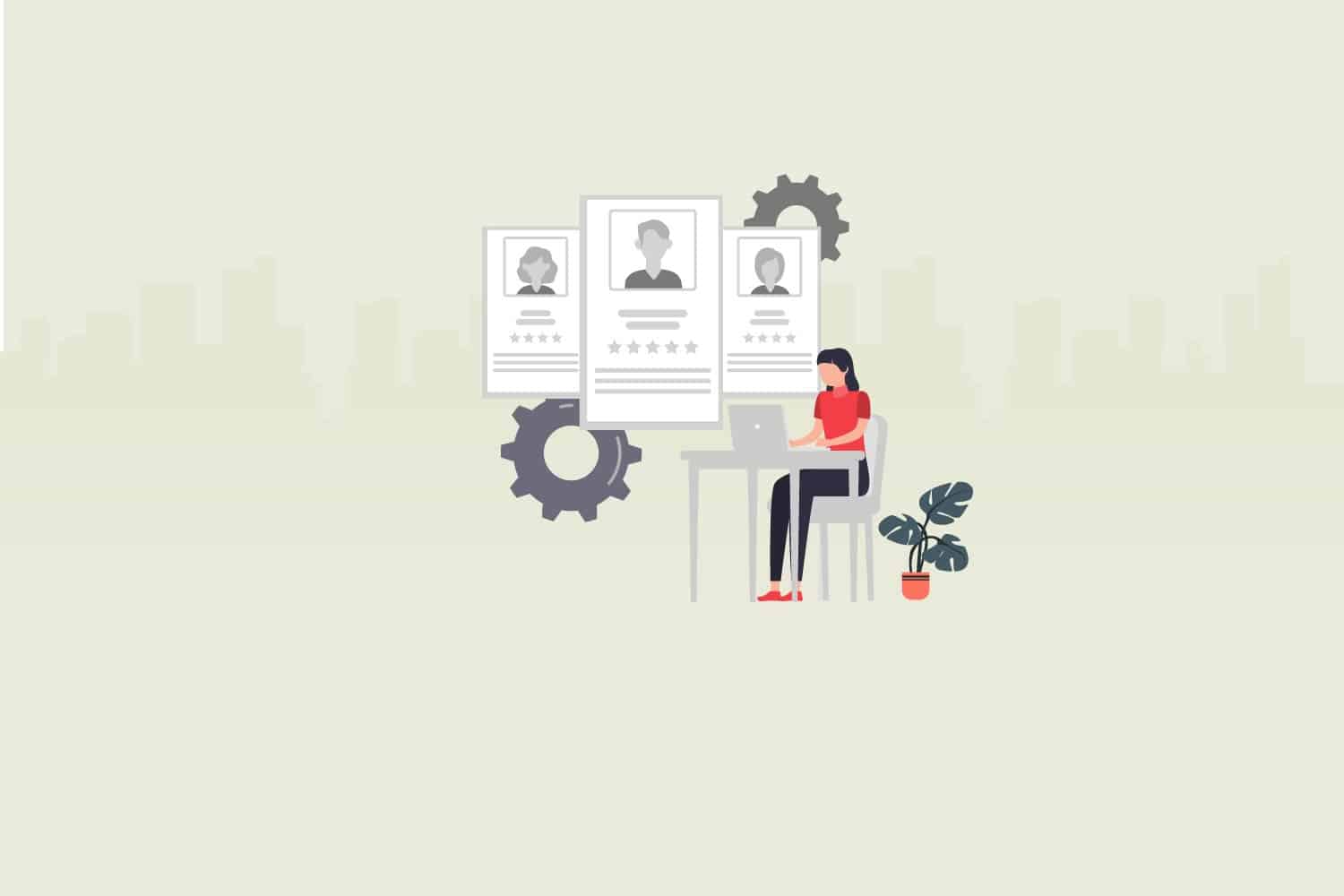Leadership development is significant for making a company successful and helping it grow. It allows us to come up with new ideas, bounce back from tough times, and change for the better. Leadership development is like a guide that brings people from different backgrounds together to do great things.
There are lots of ways to develop leadership skills. These programs help people learn new things, understand themselves better, and work together well. It’s like going on an adventure where we learn, understand ourselves, and work with others to be great leaders.
What is a leadership development program?
A leadership development program helps people become better leaders in a company. It’s designed to find, teach, and enhance leadership skills in individuals. These development programs get people ready to lead teams, make essential changes in the company, and achieve big goals.
Crucial components of a leadership development program
Identification and selection
Leadership development programs start by finding employees who could be great leaders in the future. They look at how well these employees do their jobs, how much they could grow, and if they share the company’s values and goals.
Assessment and development planning
After choosing the participants, they might do tests to see what they’re good at, where they need to improve, and how they lead. Then, they make plans just for them to improve where they need it and help them get better as leaders.
Structured curriculum
In leadership development programs, there’s a plan that teaches about being a good leader. It includes topics like how leadership works, how to talk nicely with others, understanding feelings, thinking ahead, making good choices, solving problems, handling disagreements, and managing changes.
Learning modalities
These programs use different learning methods to fit how people learn best. This can be classes, workshops, online lessons, hands-on activities, coaching, learning from others, and talking with peers.
Experiential learning opportunities
In these leadership development programs, they also give chances to try out what they’ve learned in real situations. This can be like playing leadership games, studying real stories, working on team projects, pretending to be in other roles, and trying different jobs in the company.
Mentorship and coaching
In these programs, they often team up new leaders with experienced ones. Experienced leaders help the new ones learn, give advice, and support them as they become better leaders.
Feedback and reflection
In these programs, people regularly talk about how they’re doing and what they can do better. They also celebrate when things go well. They get advice from mentors, coaches, friends at work, the people they manage, and their bosses.
Benefits of leadership development programs
Leadership development programs offer a multitude of benefits to both individuals and organizations. Here’s a detailed overview of these benefits:
Benefits for individuals
Enhanced leadership skills
Leadership development programs help people improve essential skills like talking well, making choices, solving problems, and understanding feelings.
Personal growth and development
Participants experience personal growth and self-awareness through reflective practices, feedback mechanisms, and exposure to diverse perspectives and experiences.
Career Advancement
Leadership development programs help individuals acquire the skills and competencies needed to advance their careers and assume higher-level leadership roles within their organizations.
Increased confidence and motivation
Engaging in leadership development activities boosts individuals’ confidence in their abilities and motivates them to take on new challenges and responsibilities.
Networking opportunities
Participants can build valuable professional networks, establish connections with peers and mentors, and learn from the experiences of others in similar or different industries.
Benefits for organizations
Talent retention and engagement
Investing in leadership development demonstrates an organization’s commitment to the growth and success of its employees, leading to higher engagement, job satisfaction, and retention.
Succession planning and risk mitigation
Leadership development programs help organizations identify and nurture high-potential talent, ensuring a robust pipeline of future leaders and minimizing succession risks.
Improved organizational performance
Effective leadership is a crucial driver of organizational performance. Developing strong leaders enhances team effectiveness, drives innovation, fosters collaboration, and ultimately contributes to improved business outcomes.
Cultural transformation and alignment
Leadership development initiatives can play a pivotal role in shaping organizational culture, reinforcing core values, and fostering a shared sense of purpose and direction among employees.
Adaptability and change management
Effective leaders are better equipped to navigate periods of change, uncertainty, and disruption. Leadership development programs equip individuals with the skills and mindset needed to lead teams and organizations through complex and dynamic environments.
Enhanced reputation and employer branding
Organizations that invest in leadership development are viewed as attractive employers, known for their commitment to employee growth and development. This enhances their reputation in the marketplace and helps attract top talent.
How to create a leadership development program
According to LinkedIn Creating a leadership development program requires careful planning, execution, and evaluation to ensure its effectiveness and alignment with organizational goals. Here’s a detailed guide on how to create such a program:
Assess organizational needs and objectives
Identify current and future leadership needs based on organizational goals, challenges, and strategic priorities. Conduct assessments such as surveys, interviews, and performance evaluations to identify gaps in leadership capabilities and areas for development.
Define program goals and outcomes
Clearly articulate the objectives of the leadership development program, aligning them with organizational goals and priorities. Establish measurable outcomes to evaluate the effectiveness and impact of the program, such as improved leadership competencies, increased employee engagement, and enhanced organizational performance.
Identify target participants
Determine the target audience for the leadership development program, including current and emerging leaders at various levels of the organization. Consider factors such as tenure, performance, potential, and readiness for leadership roles when selecting participants.
Design curriculum and learning activities
Develop a comprehensive curriculum that addresses key leadership competencies and skills identified during the needs assessment phase. Incorporate a mix of learning modalities, including workshops, seminars, webinars, e-learning modules, coaching sessions, and experiential learning activities. Tailor the curriculum to accommodate different learning styles, preferences, and developmental needs of participants.
Engage stakeholders and resources
Secure buy-in and support from senior leadership, human resources, and other key stakeholders to ensure the success and sustainability of the program. Allocate necessary resources, including budget, personnel, technology, and infrastructure, to support program implementation and delivery.
Leverage external expertise and partnerships
Consider partnering with external consultants, training providers, or academic institutions with expertise in leadership development to enhance program content and delivery. Tap into industry best practices, research, and benchmarks to inform program design and ensure its relevance and effectiveness.
Implement program delivery and support
Establish a structured timeline and delivery schedule for the leadership and development program, incorporating regular checkpoints, milestones, and evaluation points. Provide participants with access to resources, support networks, mentors, and coaches to facilitate their learning and development journey. Foster a culture of continuous learning and feedback, encouraging participants to reflect on their experiences, seek input from others, and apply their learning to real-world challenges.
Evaluate program effectiveness and impact
Develop evaluation metrics and assessment tools to measure the effectiveness and impact of the leadership development program. Collect quantitative and qualitative data on participant satisfaction, learning outcomes, behavioral changes, and organizational performance indicators. Use evaluation findings to identify strengths, areas for improvement, and opportunities for program enhancement, iterating and refining the program as needed.
Foster sustainability and continual improvement
Integrate leadership development into the organization’s talent management and succession planning processes to ensure ongoing leadership pipeline development. Cultivate a culture of leadership excellence and continuous improvement, where learning and development are valued and prioritized at all levels of the organization. Stay abreast of emerging trends, best practices and innovations in leadership development to evolve and adapt the program to meet changing organizational needs and dynamics.
Conclusion
In conclusion, an effective leadership development program involves reflecting on collective growth, celebrating achievements, and fostering continued engagement. Participants should be encouraged to share insights, offer feedback, and create action plans for applying newfound skills. Emphasize the importance of ongoing learning and networking to sustain momentum beyond the program’s conclusion. A formal ceremony or ritual can recognize participants’ efforts and reinforce their commitment to leadership excellence. Provide resources and support for continued development, ensuring participants leave feeling empowered and inspired to make a lasting impact in their professional and personal spheres.
Through dedicated investment in leadership and development, organizations can build a future where inspired leaders lead with purpose, integrity, and vision, driving positive change and making a lasting impact on the world.








